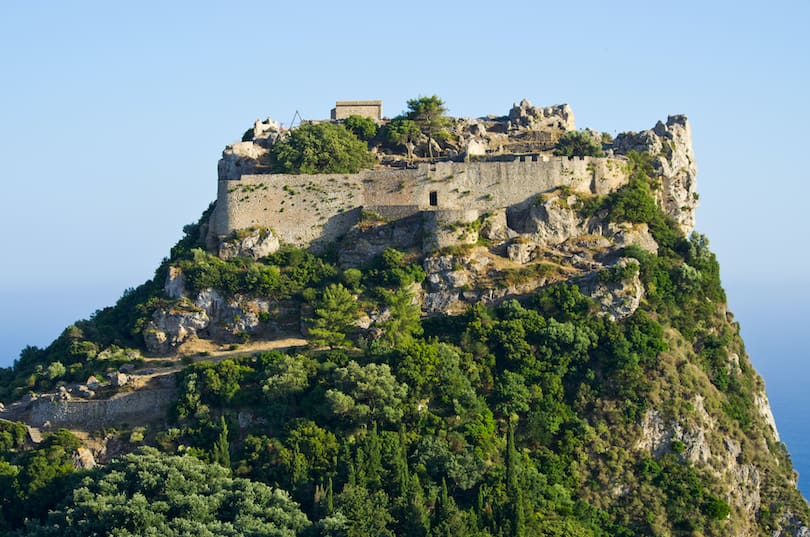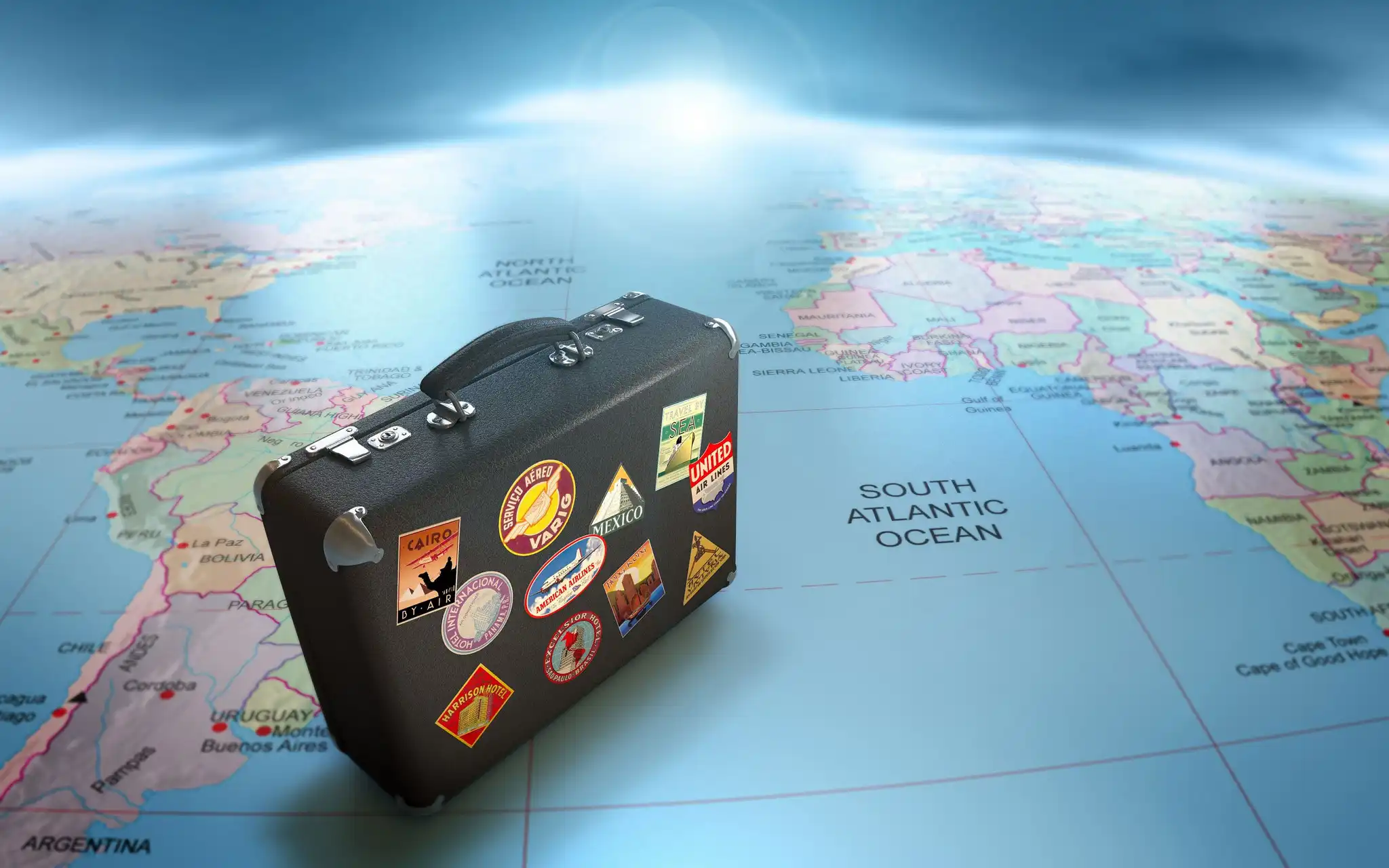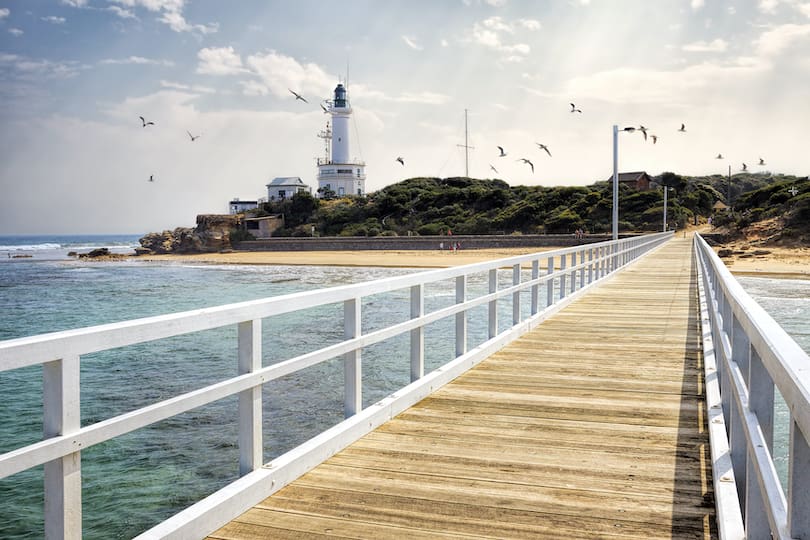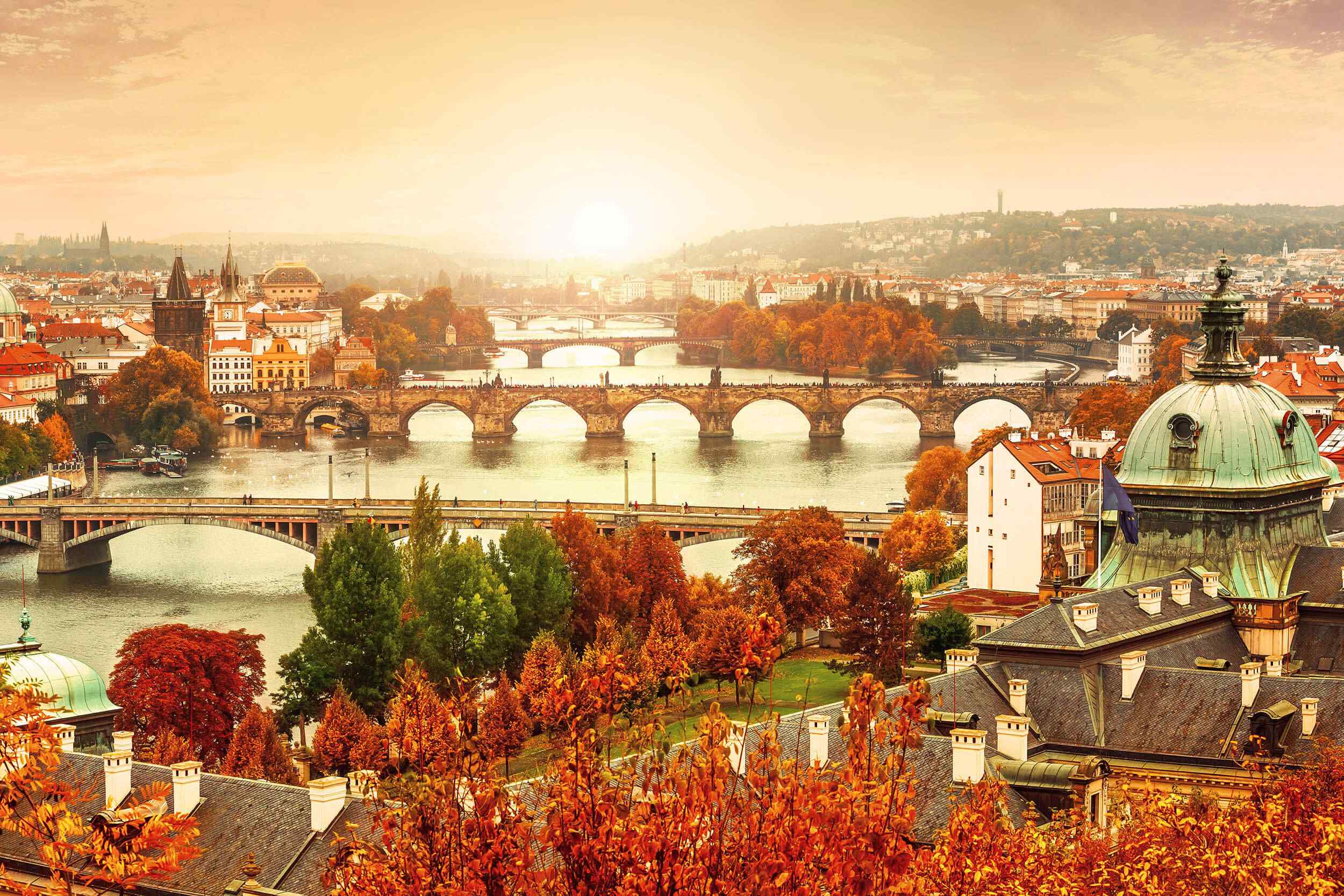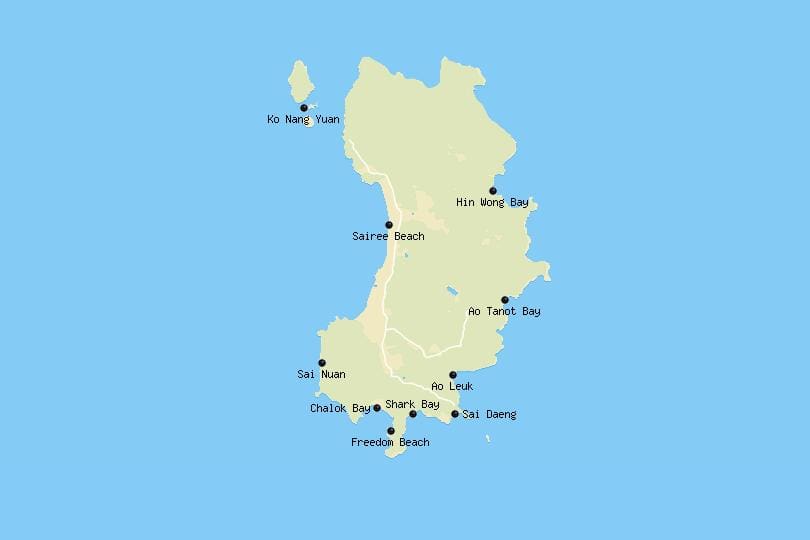If you are looking for a peaceful getaway amidst the Himalayas, Khecheopalri Lake in Sikkim should be on top of your list. The serene and tranquil surroundings of the lake make it a perfect place to unwind and reconnect with nature. In this article, we will explore the beauty and significance of Khecheopalri Lake.
Introduction
- Brief introduction of Khecheopalri Lake
- Location of the lake
Khecheopalri Lake is a sacred lake located in West Sikkim, approximately 34 kilometers from Pelling. The lake is situated at an altitude of 1,700 meters and is considered as one of the most sacred lakes in Sikkim.
Legends and Beliefs
- Legend behind the formation of the lake
- Beliefs associated with the lake
- Rituals and ceremonies performed at the lake
According to local legends, Khecheopalri Lake was formed when Guru Rinpoche, a Buddhist sage, visited the area and blessed the lake. It is believed that the lake is a wish-fulfilling lake and the surrounding forests are inhabited by fairies and other divine beings. The lake is considered sacred by both Hindus and Buddhists, and many rituals and ceremonies are performed at the lake by the locals.
Flora and Fauna
- Unique flora and fauna of the area
- Endangered species found in the surrounding forests
The area surrounding Khecheopalri Lake is a biodiversity hotspot and is home to a variety of flora and fauna. The lake is surrounded by dense forests, and one can find a variety of trees such as rhododendrons, oaks, and magnolias. The forests are also home to a variety of animals such as barking deer, sambar, wild boars, and Himalayan black bears. The forests are also home to many endangered species such as the Red Panda and the Himalayan Salamander.
Trekking and Camping
- Trekking routes around the lake
- Camping facilities in the area
Khecheopalri Lake is surrounded by beautiful trekking routes that offer breathtaking views of the Himalayas. The trek to the lake is relatively easy and can be completed by people of all ages. The trek takes approximately 2 hours, and one can enjoy the beautiful scenery along the way. Camping facilities are also available in the area, and one can spend the night under the stars.
Local Cuisine
- Traditional Sikkimese cuisine
- Local delicacies available in the area
Sikkim is known for its unique cuisine, and one can enjoy a variety of traditional dishes in the area. The local delicacies include momos, thukpa, gundruk, and chhurpi. The food is prepared using fresh and locally sourced ingredients, and one can experience the authentic flavors of Sikkim.
Accommodation
- Accommodation facilities in the area
- Options for budget and luxury travelers
There are many accommodation options available in the area, ranging from budget to luxury. One can choose to stay in a homestay or a hotel depending on their preference. Some popular options include Khecheopalri Homestay, Norling Resort, and Magpie Chestnut Retreat.
Best time to visit
- Weather conditions in the area
- Peak season and off-season
The best time to visit Khecheopalri Lake is from March to June and from September to November. The weather during this time is pleasant, and one can enjoy the beautiful scenery without any hindrance. The peak season is from April to June, and one can expect a rush of tourists during this time.
Signs of the presence of the divine in and around the lake
Khecheopalri Lake is considered sacred by both Buddhists and Hindus. It is believed that the lake was created by Guru Rinpoche, also known as Padmasambhava, who is revered as a second Buddha by the Tibetan Buddhists. According to local folklore, the lake is a wish-fulfilling lake, and prayers made here are said to be answered by the goddess of the lake.
The area around the lake is also considered to be a sacred site, and there are several monasteries and shrines in the vicinity. One of the most famous is the Khecheopalri Monastery, which is located on a hill overlooking the lake. The monastery is known for its beautiful murals and ancient scriptures, and it attracts many visitors from all over the world.
Apart from the religious significance, the lake and its surroundings are also known for their natural beauty. The area is rich in flora and fauna, and it is not uncommon to spot exotic birds and animals while exploring the area around the lake.
Conclusion
Khecheopalri Lake is a hidden gem nestled in the lap of the Himalayas. It is a place of unparalleled natural beauty and religious significance, making it a must-visit destination for travelers seeking a spiritual and rejuvenating experience. Whether you’re looking to meditate, explore nature, or simply soak in the tranquility of the place, Khecheopalri Lake is sure to leave a lasting impression on your mind and soul.
FAQs:
- Is Khecheopalri Lake accessible throughout the year? Yes, Khecheopalri Lake is accessible throughout the year. However, it is best to avoid the monsoon season from July to August as the area receives heavy rainfall.
- Are there any accommodation options near Khecheopalri Lake? Yes, there are several accommodation options available near Khecheopalri Lake, ranging from budget guesthouses to luxury resorts.
- Can one go boating in Khecheopalri Lake? No, boating is not allowed in Khecheopalri Lake as it is considered a sacred site.
- Is photography allowed near the lake? Yes, photography is allowed near the lake. However, it is advisable to seek permission from the local authorities before clicking pictures of the monasteries and other religious sites.
- Is it necessary to hire a guide to explore the area around the lake? While it is not necessary to hire a guide, it is advisable to do so if you want to learn more about the history and culture of the place. Guides can also help you navigate the area and show you hidden gems that you might otherwise miss.



